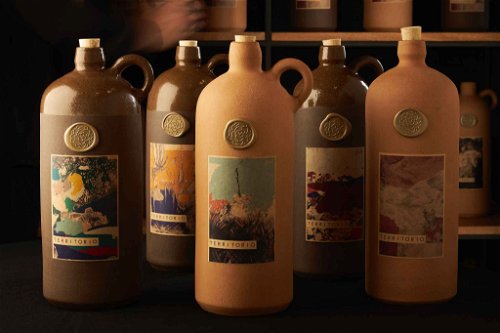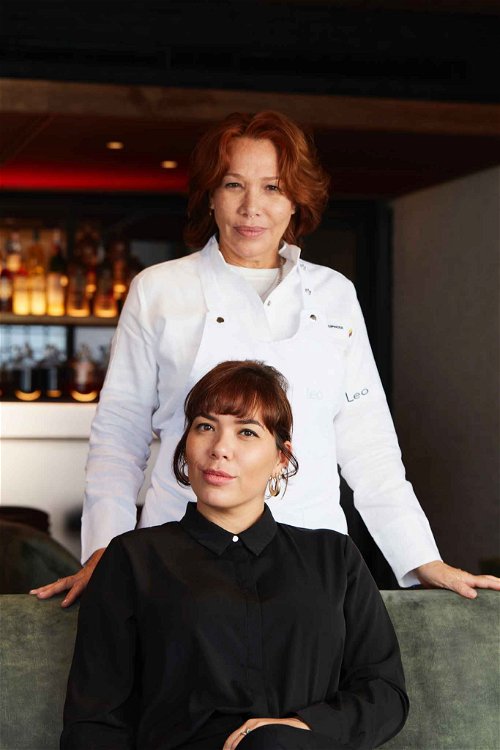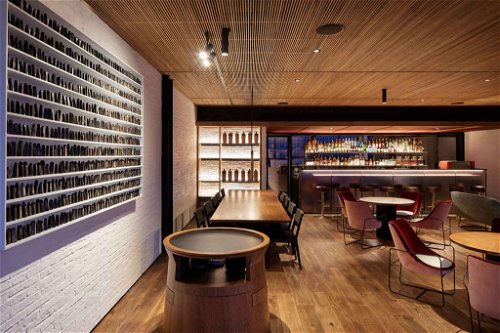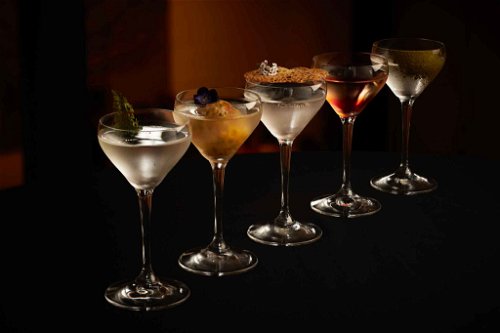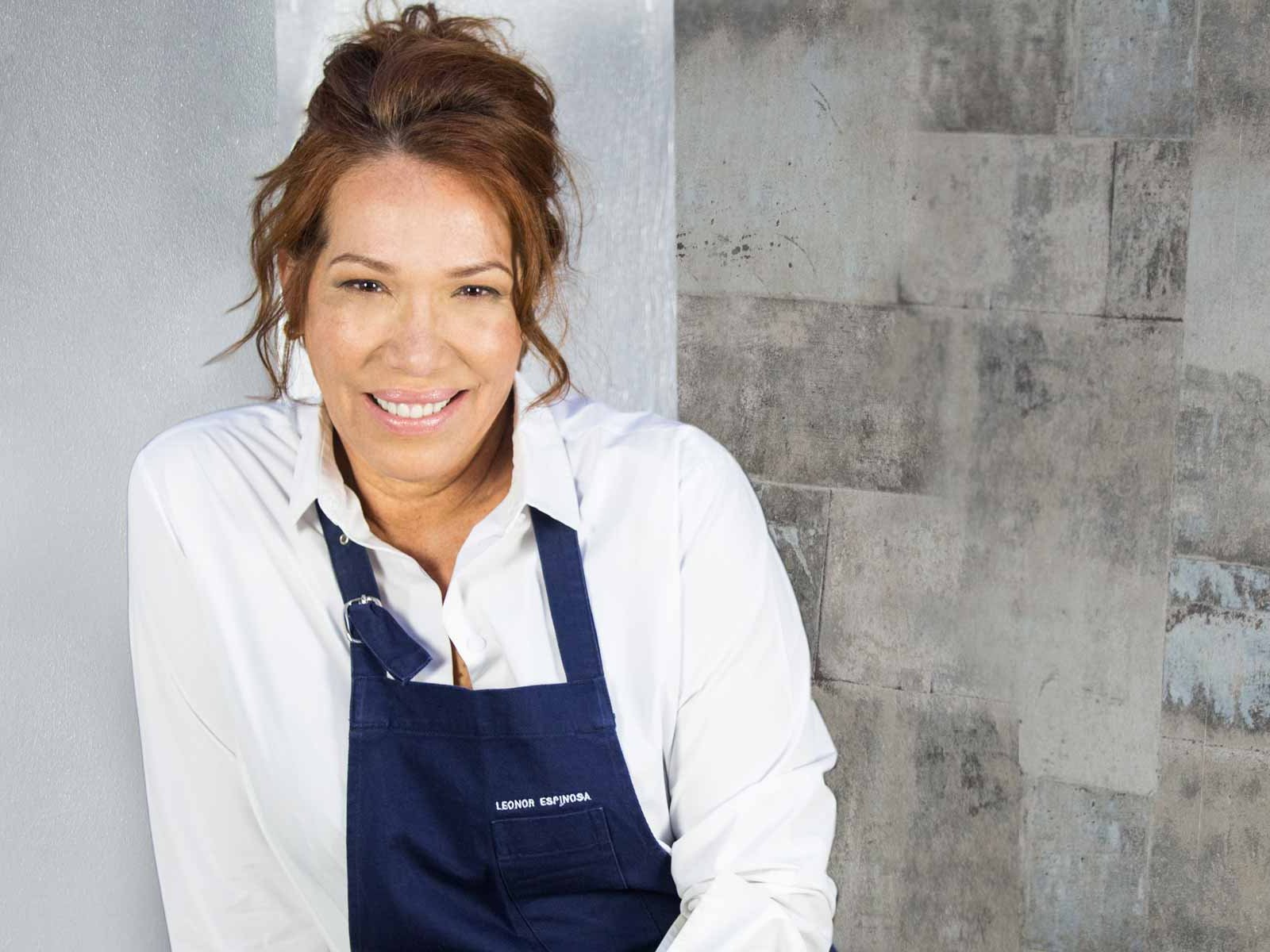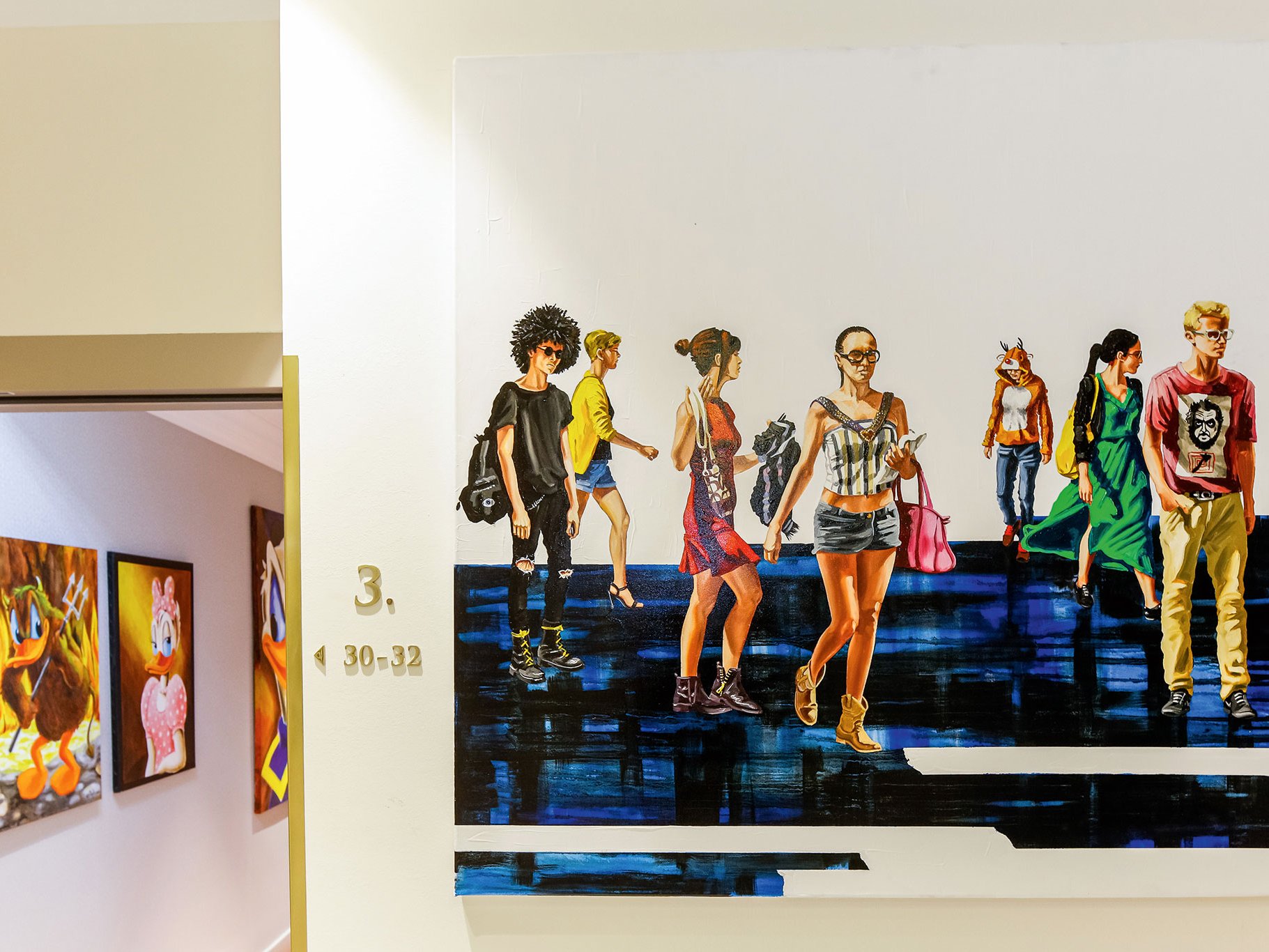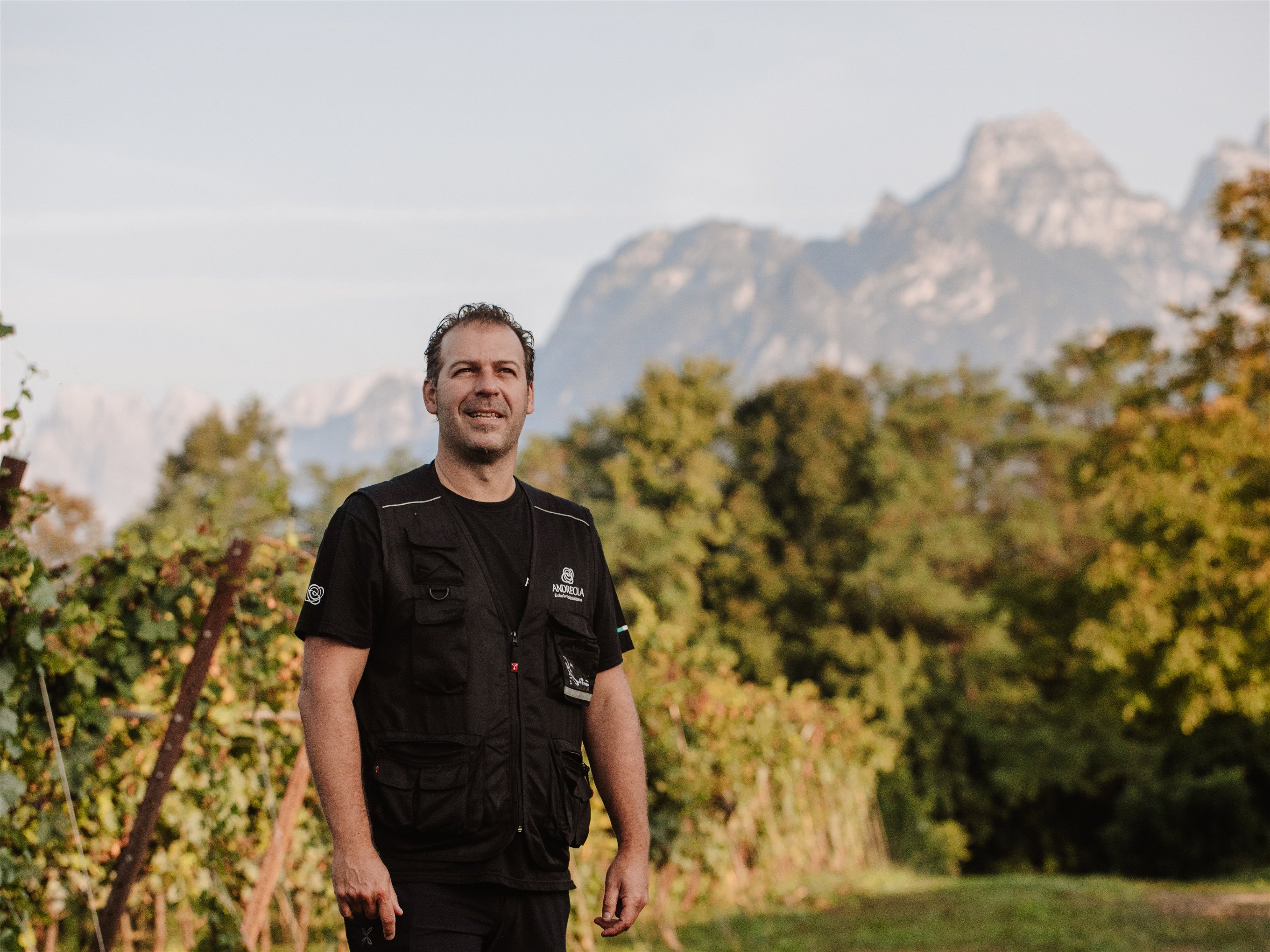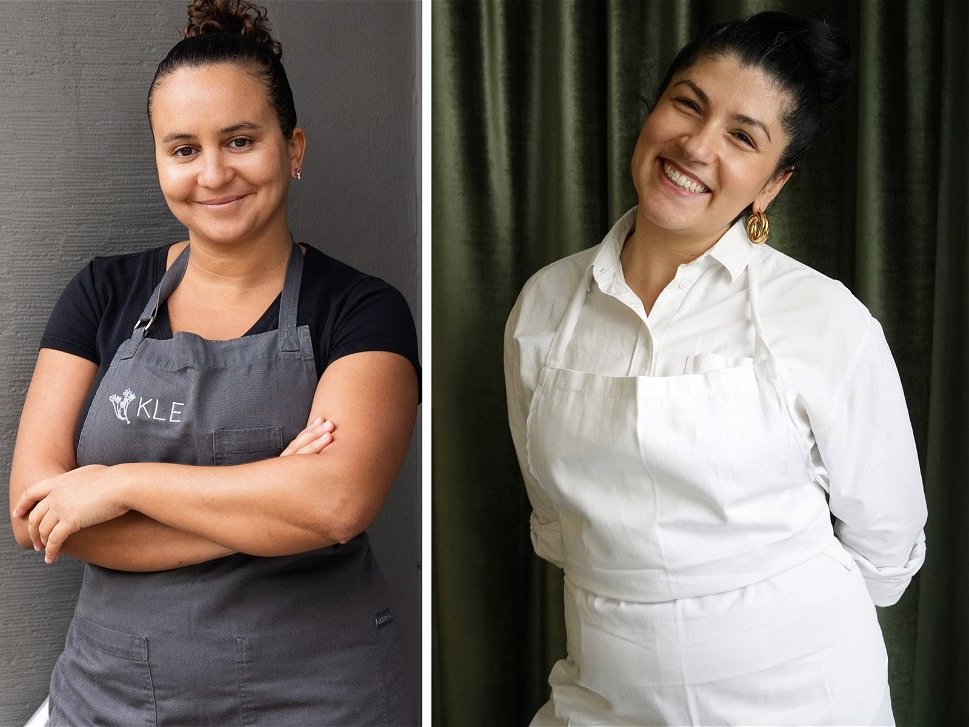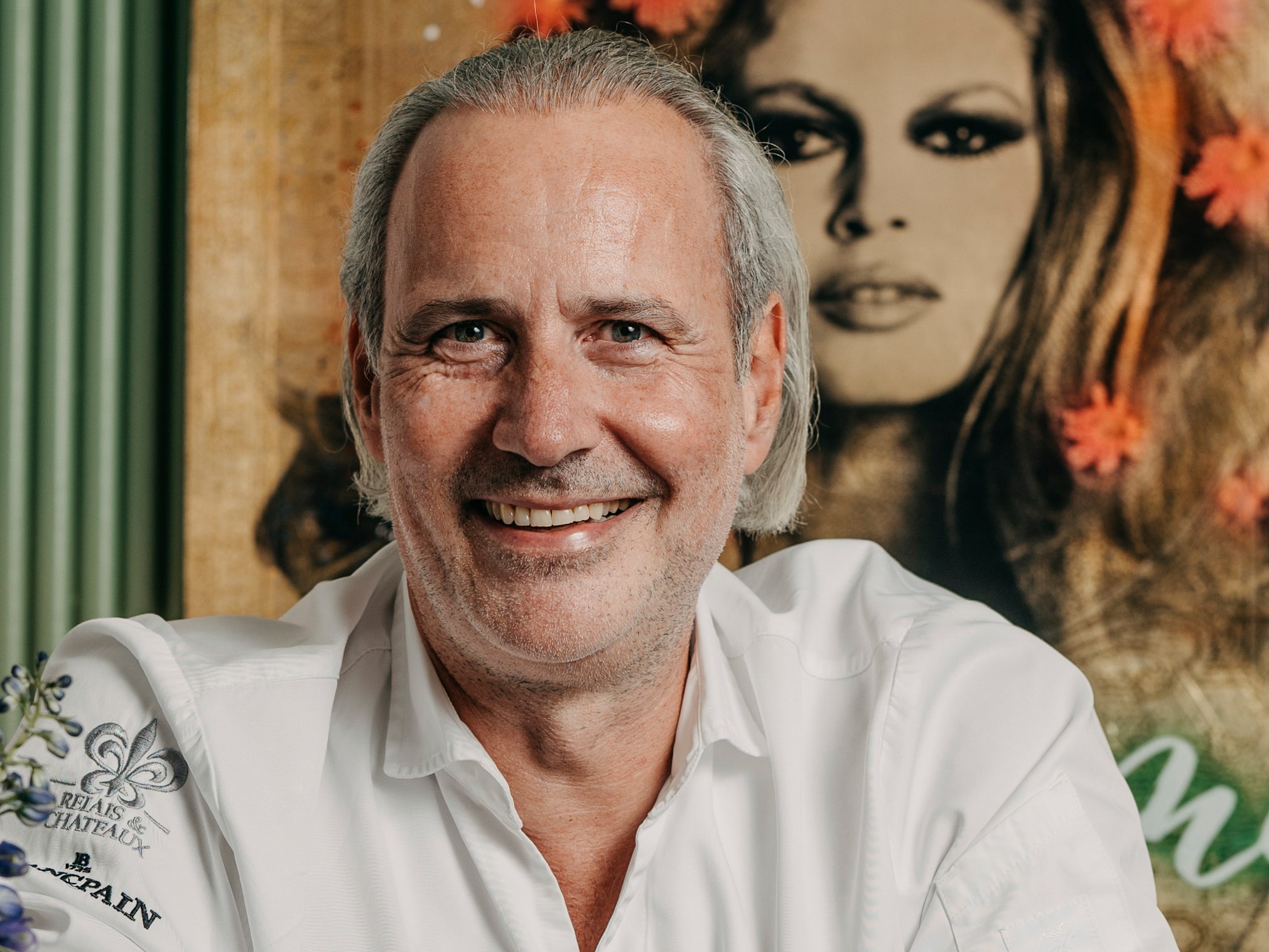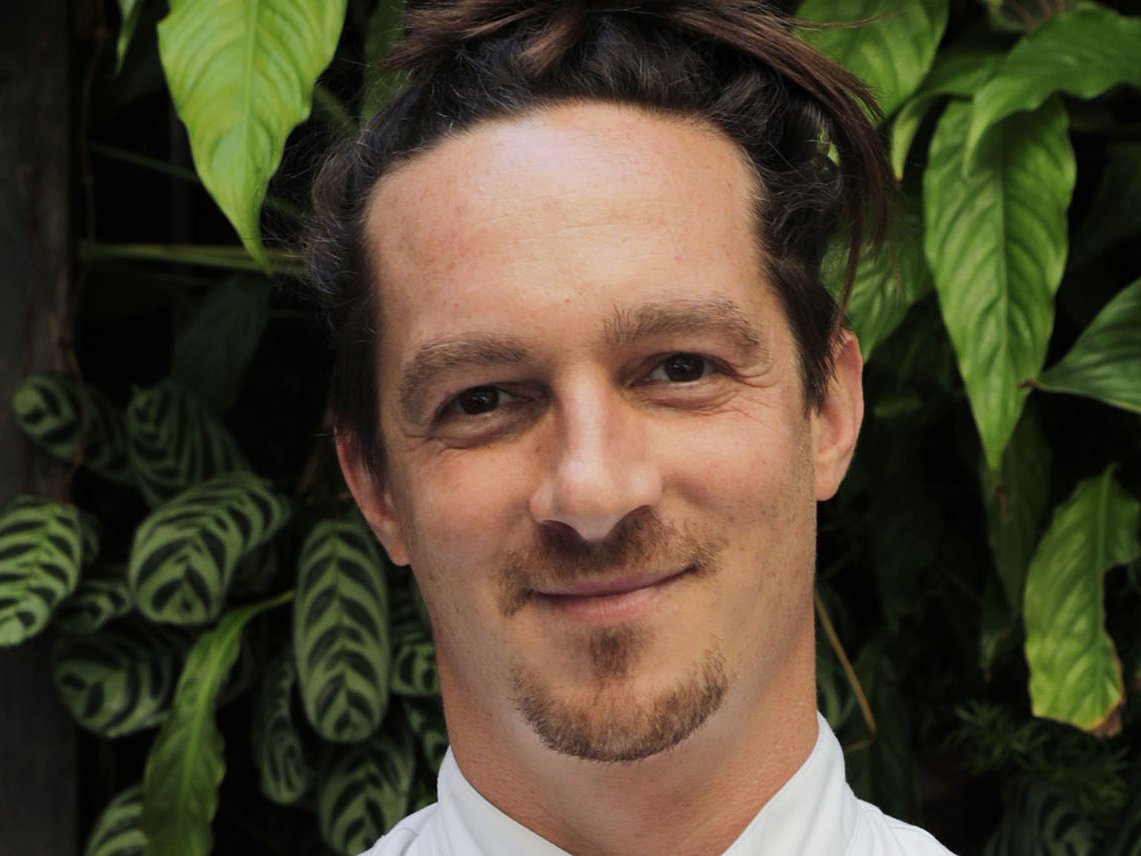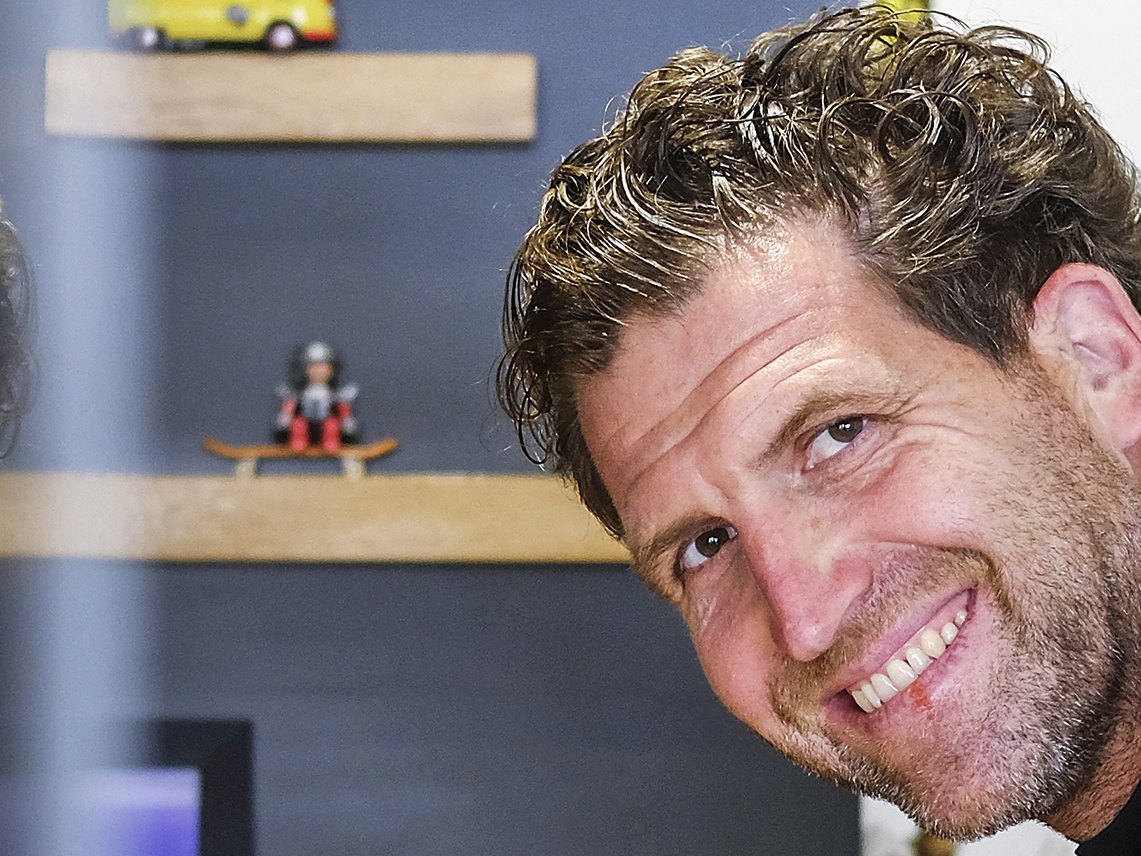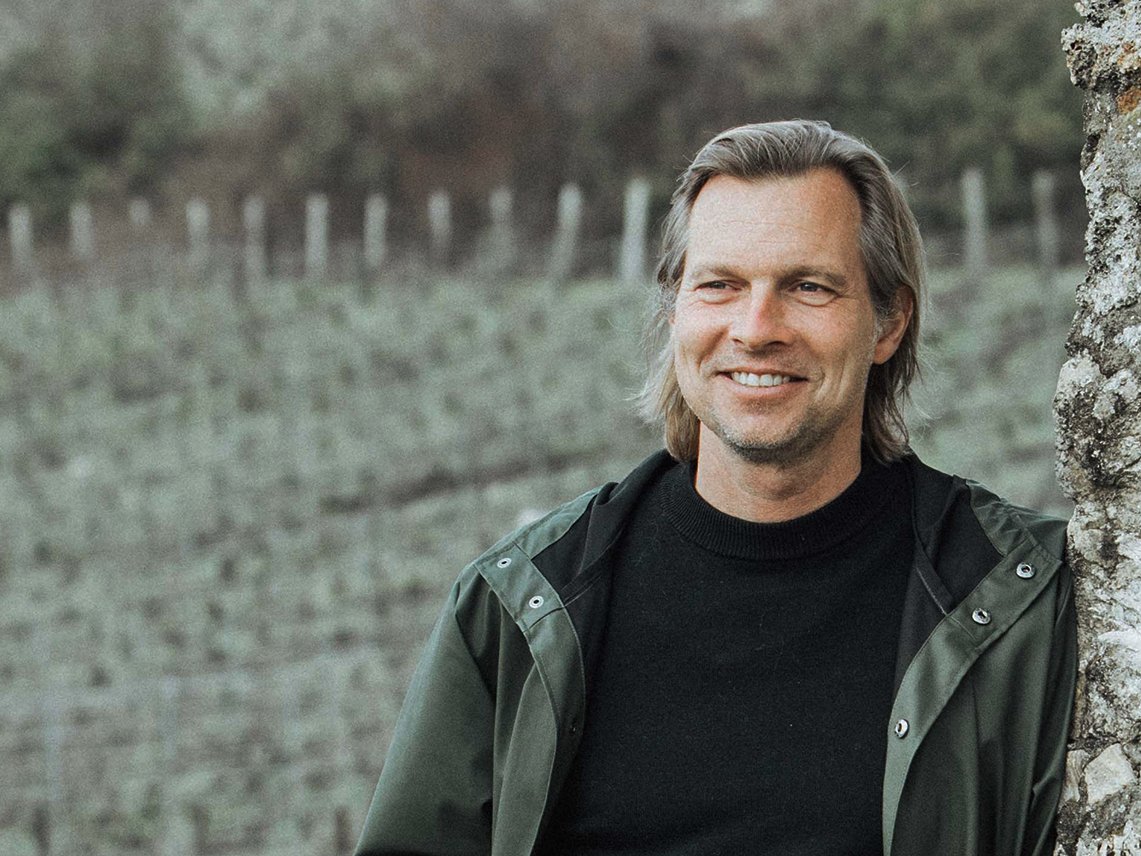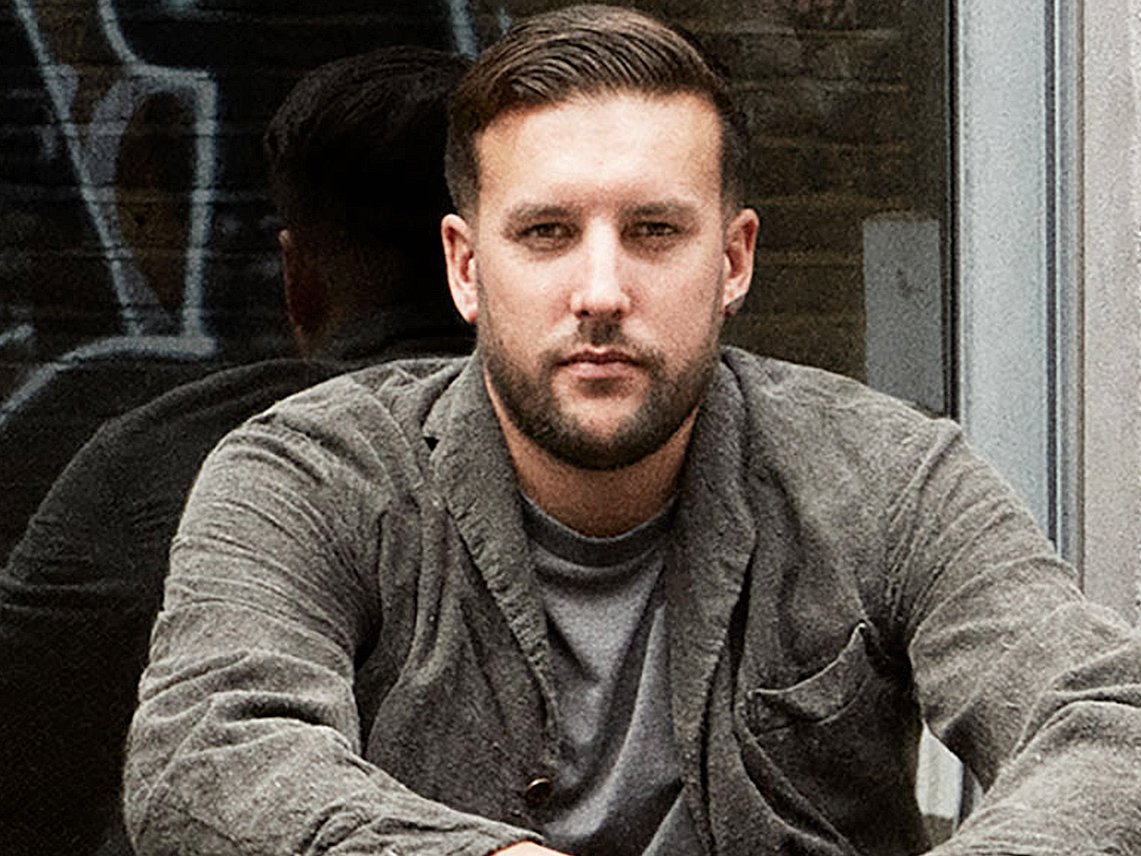A Visit to Bogotá's Hottest Bar
As star chef Leonor Espinosa catapulted herself into the 'World's 50 Best' list with Leo in Bogotá, her daughter Laura Hernández Espinosa has caused a sensation with her bar.
The realm of Laura Hernández Espinosa has a simple functional name: La sala de Laura. Laura's Room is the name of one of the most exciting new bars in South America. Opened in tandem with the restaurant Leo in June 2021 after the pandemic subsided in Bogotá, it is also the showroom for the company's own distillates from its Territorio line. The Spanish equivalent of terroir, a favorite word amongst many sommeliers, has been entirely reimagined by Hernández Espinosa, who also has also worked in that field. Her spirits in beautifully shaped earthenware bottles are intended to translate nothing less than the regions of Colombia into liquid form. The Andes, for example, are represented by Montaña, a distillate made from the high-mountain passion fruit called gulupa.
Other fruits and flavours unknown in Europe accompany the Colombian cuisine of her famous mother, but also work alone. To the "slow food" product macambo, a type of cacao, and thick-headed ants, she pours her own Dry Forest vermouth. To her mother's appetiser plate of, among other things, skate, peach palm hearts and larvae from the Amazon ("mojojoy"), catfish and herbs, she again recommends an infusion of fermented coco leaves. Why Colombia, unlike Peru with its pisco or Venezuela with its rum, has not yet been discovered by the bar community, she explains in an interview with Falstaff, as well as the complex background to her drinks.
Falstaff: Laura, how did the concept of Territorio – the idea of integrating Colombia into drinks – come about?
Laura Hernández Espinosa: It started three years ago when I was invited to a distilling course at the Universidad de los Andes, part of their Food and Chemical Engineering programme. Personally, I found a tremendous opportunity there to express myself with their know-how in the production of distillates. You have to remember that as a sommelier, I can basically design the concept of a drink. But distilling is a whole other thing! We then eagerly formed a research group combining the technical knowledge of engineers with my knowledge of Colombia's biodiversity. This is how the idea of artisanal distillates was born, some of which use ingredients never before used for this purpose, such as indigenous plants from the páramo [tropical zone above the tree line of the Andes] or the nopal fruit. In the end, there were five spirits that display the geography and culture of the country and represent a subjective interpretation of Colombia's ecosystem.
Because this is where the beautiful clay bottles with their spirits stand, a question right away: what does desierto, the distillate of the desert, taste like?
This dusty place is reminiscent of the sunset over stones, for me that is enclosed in a bottle of the higo chumbo distillate, or – as they say in Central America – in the nopal fruit. It comes from a cactus that is native to the Americas, but can also be found in other desert areas of the world. The plant produces an oval fruit with some spines. These, in addition to the fickle ripening of the fruit during the short rainy season, make it quite a hassle for farmers.
Unlike other South American countries known for their drinking culture, Colombia is still a complete blank slate in the bar world. Why is that?
The production and consumption of alcoholic beverages have been fixed in an economy for more than 200 years, which is due to the fact that it is a big source of income for the departments [regional administrative units]. The laws of the colonial era already provided for this scheme, which made alcohol an engine of development, and was based on the idea of giving the right to produce and distribute alcohol to regional alcohol traders. This state monopoly entailed repression and persecution of local distillers and gave an illegal character to popular culture spirits made from corn or sugar cane such as viche, aguardiente, tapetusa or chicha.
Despite the moral side of this economy, which opposes alcoholism, these revenues have contributed to this day a significant chunk of financing health and education services. The revenues come from the excise tax on spirits, wine, etc., that is, the application of the monopoly on the production, importation and sale of distilled spirits. It can be seen that the monopoly has brought some negative consequences: first, it has set back the local creative industry, which also damages cultural identity. Secondly, it has created a disparity between free trade agreements and discrimination against spirits.
You've also added two traditional spirits from indigenous peoples to the portfolio: will you add more of their culture to the bar shelf?
As a sommèliere, I have always known that the potential of what we as Colombians can show to the world of the diversity of the bio-cultural nature of the country – the connected diversity of the biological and cultural richness of indigenous peoples and local communities. This ranges from seeds and landscapes to knowledge and spiritual values that have been passed down from generation to generation. For this reason, but also because I love to travel the country, I was lucky enough to get to know the rivers and lakes, to feel the smell of the fog in the high Andes or the salty humidity of the Caribbean at sunset.
I was just amazed how many fermented or ancient drinks I came across on these trails! Always keeping in mind the goal of showing off these rural drinks to the world of haute cuisine: drinks like Chicha or Viche and their variations, and countless other drinks whose repertoire grew steadily the more I immersed myself in this terrain. This strong interest in ethnic and local drinks then evolved hand in hand with my interest in avant-garde Colombian cocktails, which then led to my distilling project which started in 2019.
The pairing concept is the backbone of your bar, where cacao and coffee also have a prominent place. How difficult is it to present such a menu when many bars simply offer "a good time" and plenty to drink?
I don't really think about it that way. I just focus on making a unique offering. Not everyone has to come to La Sala de Laura – I know my goal.
Nothing against a Gin & Tonic, which you do have. But are there also occasions that drinks should exclusively be from Colombia?
In my bar there is everything, because everything has its justification. But of course our menu is even more enjoyable with a drink recommendation based on a Colombian product.
What is the most popular cocktail-food pairing among guests so far?
It's actually impossible to say exactly – we have 43 alcoholic pairings and 43 non-alcoholic pairings with the two menus in the restaurant. But certainly some guests like the fermented Borojó with the Haxerl sulz or the Macambo dessert from La Sala de Leo.
How do you develop the different pairings? Is there an exact process?
The process is very changeable and also subjective; let's say: it's challenging. I have a clear view on smell and taste, but I also have a kind of aroma database in my head that I've been filling up since I was 20 years old, which speeds up the process. Sometimes I look for similarities, other times it's about contrasts, others are barely structured and come in very subjective fits. But I always look to magnify the guest's culinary experience via pairing.
The idea of tasting Colombia in the bar is captivating. Have you thought about exporting some of those flavours as well – through a bar overseas, for example?
I haven't thought about that yet. I'm overwhelmed with the legal stuff around exporting alcoholic beverages. But without a doubt, I would love to open a bar outside the country if it weren't for these restrictions. But first, I want to make La Sala de Laura the best place to taste Colombia!


